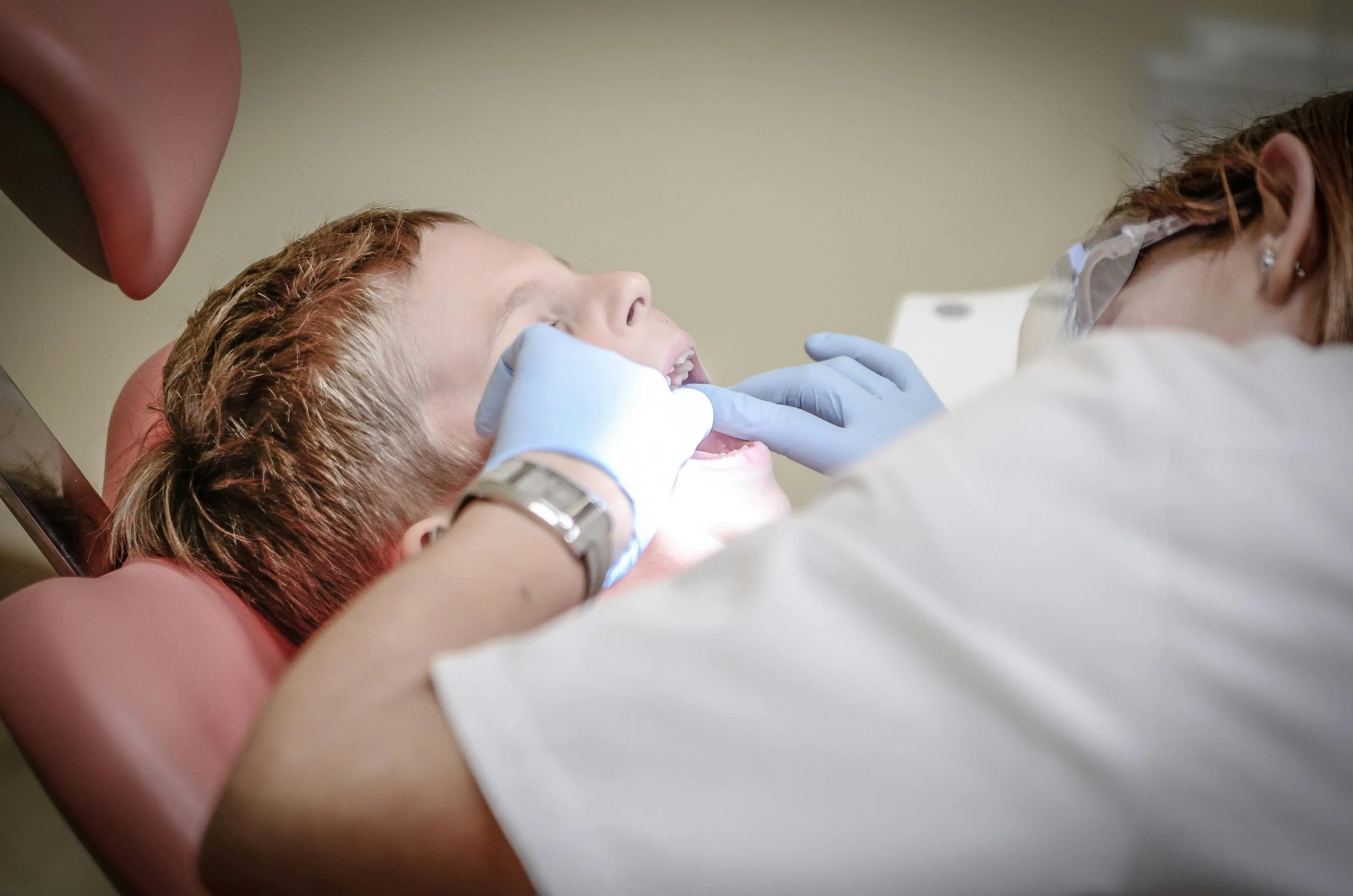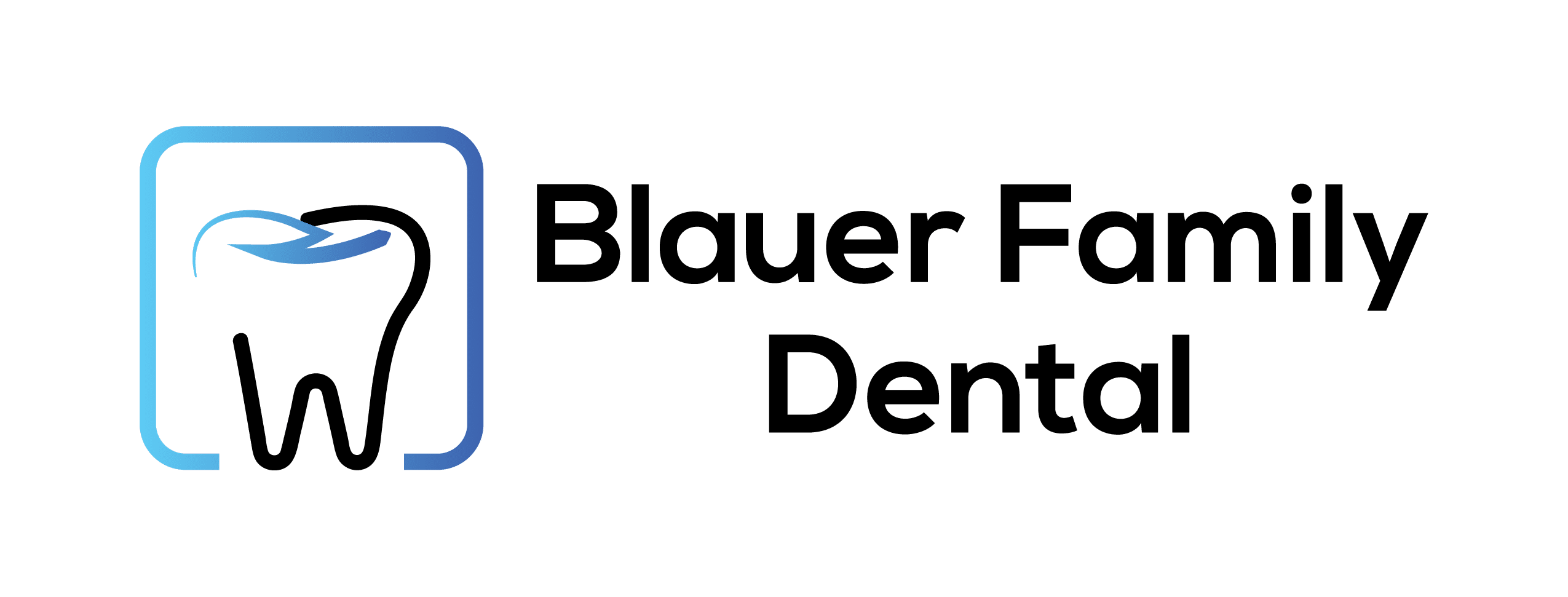A swollen gum might seem like a minor issue at first glance, but it can be a signal of something more serious happening beneath the surface. Gum swelling is your body’s way of responding to irritation, infection, or imbalance, and it’s not something to ignore.
Whether it’s tender to the touch, red and inflamed, or puffed up around a particular tooth, this type of inflammation can range from a temporary nuisance to a warning sign of a deeper dental problem.
Sometimes, it’s as simple as brushing too hard or getting food trapped between your teeth. Other times, it could point to gum disease, an abscess, or even systemic health issues. By understanding what causes swollen gums and when to take action, you can better protect your overall oral health and catch potential problems before they escalate.
Key Facts About Gum Swelling You Should Know
-
Common causes of swollen gums
-
When you should be concerned
-
Why a swollen gum around a tooth is a red flag
-
Home care tips and when to visit a dentist
-
Local resources for dental help
Common Culprits Behind Gum Swelling
If you’re asking yourself, “Why is my gum swollen?” you’re not alone. Gum swelling is a common concern with a variety of underlying causes, some minor and others that may require professional care. Understanding these triggers can help you take the right steps toward relief and prevention.
Here are some of the most frequent, and important, reasons for swollen gums:
Poor Oral Hygiene
One of the most common contributors to gum inflammation is a lack of consistent oral hygiene. When brushing and flossing aren’t done regularly or thoroughly, plaque begins to accumulate along the gumline. This sticky film of bacteria eventually hardens into tartar, which irritates the gums and can lead to chronic swelling, tenderness, and sensitivity. Once tartar forms, it can’t be removed at home and must be professionally cleaned.
Gingivitis
Gingivitis is the earliest stage of gum disease and a direct result of prolonged plaque buildup. It’s characterized by red, swollen gums that may bleed when brushing or flossing.
While gingivitis is usually painless, it’s a warning sign that your gums are under stress and need care. The good news is that with proper brushing, flossing, and routine cleanings, gingivitis is typically reversible before it advances.
Periodontitis
If gingivitis is not addressed, it can progress into periodontitis, a more advanced and damaging form of gum disease. In this stage, the inflammation moves deeper into the tissues and can begin to affect the bone supporting your teeth.
Symptoms include gum recession, persistent bad breath, loose teeth, and more severe swelling. Without intervention, periodontitis can result in permanent damage, including tooth and bone loss.
Abscessed Tooth
A swollen gum around a tooth could be a red flag for a dental abscess. This is a localized, painful infection filled with pus, typically caused by untreated tooth decay, a cracked tooth, or trauma.
In addition to swelling, symptoms may include intense pain, a bad taste in the mouth, or visible drainage from the gum. An abscess is a dental emergency and requires immediate treatment to prevent the infection from spreading.
Hormonal Changes
Fluctuations in hormone levels can make gums more sensitive and reactive. This is particularly common during pregnancy, puberty, menstruation, and menopause. For example, pregnant individuals may experience “pregnancy gingivitis,” which involves swollen, bleeding gums.
While this swelling is often temporary, maintaining good oral hygiene and having regular dental checkups during these times is essential.
Nutritional Deficiencies
Your diet can directly impact the health of your gums. In particular, a lack of vitamin C can lead to swollen and bleeding gums, a hallmark of scurvy. Although rare in developed countries, mild deficiencies can still cause gum irritation.
Ensuring a balanced diet rich in vitamins and minerals supports both your immune system and your gum health.
Ill-Fitting Dental Appliances
Dental appliances such as dentures, braces, or retainers that don’t fit properly can rub against your gums, leading to irritation and inflammation. This can also create pockets where bacteria thrive, compounding the risk of infection.
If you notice swelling or soreness after using these appliances, it’s a sign that adjustments may be needed by your dentist or orthodontist.
Signs It’s Time to See a Professional

A little swelling after a vigorous flossing session isn’t usually a big deal. But there are times when gum inflammation needs more than just a saltwater rinse. You should reach out to a dentist if you notice any of the following:
-
Persistent swelling lasting more than a week
-
Bleeding gums while brushing or flossing
-
Swelling accompanied by pain or fever
-
Gum recession or visible pus
-
A swollen gum around a tooth that seems to get worse
Early diagnosis can prevent minor irritations from turning into major oral health concerns. If you’re near the Black Hills area, a dentist near Deadwood can help determine the cause and provide the right treatment.
How a Swollen Gum Is Diagnosed and Treated
When you visit a dentist for a swollen gum, the first step is usually a comprehensive oral exam. The dentist will assess the health of your gums visually and may use special tools to measure gum pocket depth, which helps evaluate the presence and severity of gum disease.
If swelling is localized or accompanied by pain, X-rays may be taken to check for hidden issues such as tooth abscesses, impacted teeth, or bone loss beneath the gumline.
Once the underlying cause is identified, your dentist will recommend a treatment plan tailored to your specific condition. Here’s how common causes of gum swelling are typically addressed:
Gingivitis or Plaque Buildup
If your swollen gums are caused by poor oral hygiene and the early stages of gum disease, the solution usually involves a professional dental cleaning. This process removes plaque and tartar buildup that you can’t eliminate at home.
Your dentist or hygienist may also offer personalized guidance on brushing and flossing techniques to improve your daily routine. In many cases, consistent home care after a professional cleaning is enough to reverse gingivitis and reduce gum swelling.
Abscess or Infection
When an abscessed tooth or gum infection is the source of swelling, the focus shifts to stopping the spread of bacteria and relieving pain. The dentist may begin by draining the abscess to remove the buildup of pus, followed by a course of antibiotics to clear the infection.
In some cases, further treatment, such as a root canal or tooth extraction, is necessary to address the underlying issue. Prompt treatment is essential, as untreated abscesses can lead to more serious complications.
Periodontitis
For patients dealing with periodontitis, treatment is more involved. Deep cleaning procedures like scaling and root planing are often recommended to remove tartar below the gumline and smooth the tooth roots, which helps gums reattach to the teeth.
This type of treatment is typically done over multiple visits and may be accompanied by antimicrobial rinses or localized antibiotics to reduce bacteria. Ongoing periodontal maintenance is critical to managing the condition and preventing further damage.
More Advanced Cases
In situations where swelling is due to severe gum disease, bone loss, or structural damage, surgical options may be considered. These could include flap surgery to clean deep pockets, gum grafting to restore receded tissue, or even bone grafts in cases of advanced deterioration. The dentist may refer you to a periodontist for this level of care.
Whether the cause is mild or complex, early evaluation and targeted treatment can prevent further complications. Regular dental visits and good oral hygiene habits are your best defense against recurrent swelling and other gum-related issues.
Home Care Tips to Ease Discomfort
While professional treatment is essential for many causes, there are some things you can do at home to relieve discomfort and support healing:
-
Rinse with warm salt water (1 tsp salt in 8 oz water) a few times a day
-
Use a soft-bristled toothbrush and avoid aggressive brushing
-
Maintain a regular oral hygiene routine
-
Avoid tobacco products and limit sugary snacks
-
Stay hydrated to promote saliva production
These strategies won’t cure an underlying infection, but they can help reduce symptoms while you wait for a dental appointment.
Prevention Is Better Than Cure
Keeping your gums healthy is a long-term commitment, but it doesn’t have to be complicated:
-
Brush twice daily and floss once
-
Use an antibacterial mouthwash
-
Eat a balanced diet with plenty of vitamins
-
Keep up with routine dental visits
Catching issues early is often the key to avoiding more serious treatment.
Final Thoughts on Swollen Gums
A swollen gum shouldn’t be ignored, even if it seems like a small issue at first. What might begin as mild irritation can sometimes be a sign of a deeper problem, such as the early stages of gum disease, an infection, or even a dental abscess.
The key is knowing when to watch and when to act. While minor swelling may resolve with improved brushing and flossing, ongoing discomfort, bleeding, or swelling that doesn’t go away should never be brushed aside.
Your gums play a vital role in supporting your teeth and maintaining overall oral health. When they become inflamed, it’s your body’s way of signaling that something needs attention. Seeking prompt care can prevent complications, protect your smile, and even contribute to better whole-body health, since gum disease has been linked to conditions like diabetes and heart disease.
If you’ve been dealing with persistent swelling, don’t wait for it to worsen. A qualified dentist can help diagnose the cause, recommend treatment, and give you peace of mind.
References
-
American Dental Association. “Gum Disease.” https://www.ada.org
-
Mayo Clinic. “Gingivitis.” https://www.mayoclinic.org
-
CDC Oral Health Basics. https://www.cdc.gov/oralhealth
-
Verywell Health. “Swollen Gums: Symptoms, Causes, and Treatment.” https://www.verywellhealth.com/swollen-gums-7107206
